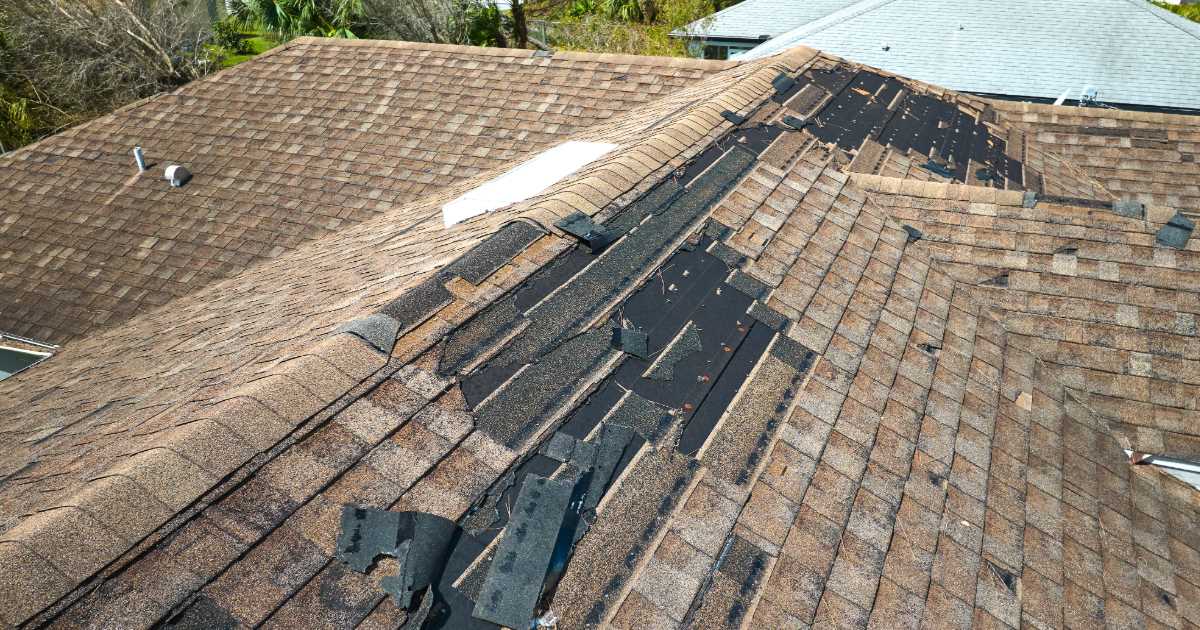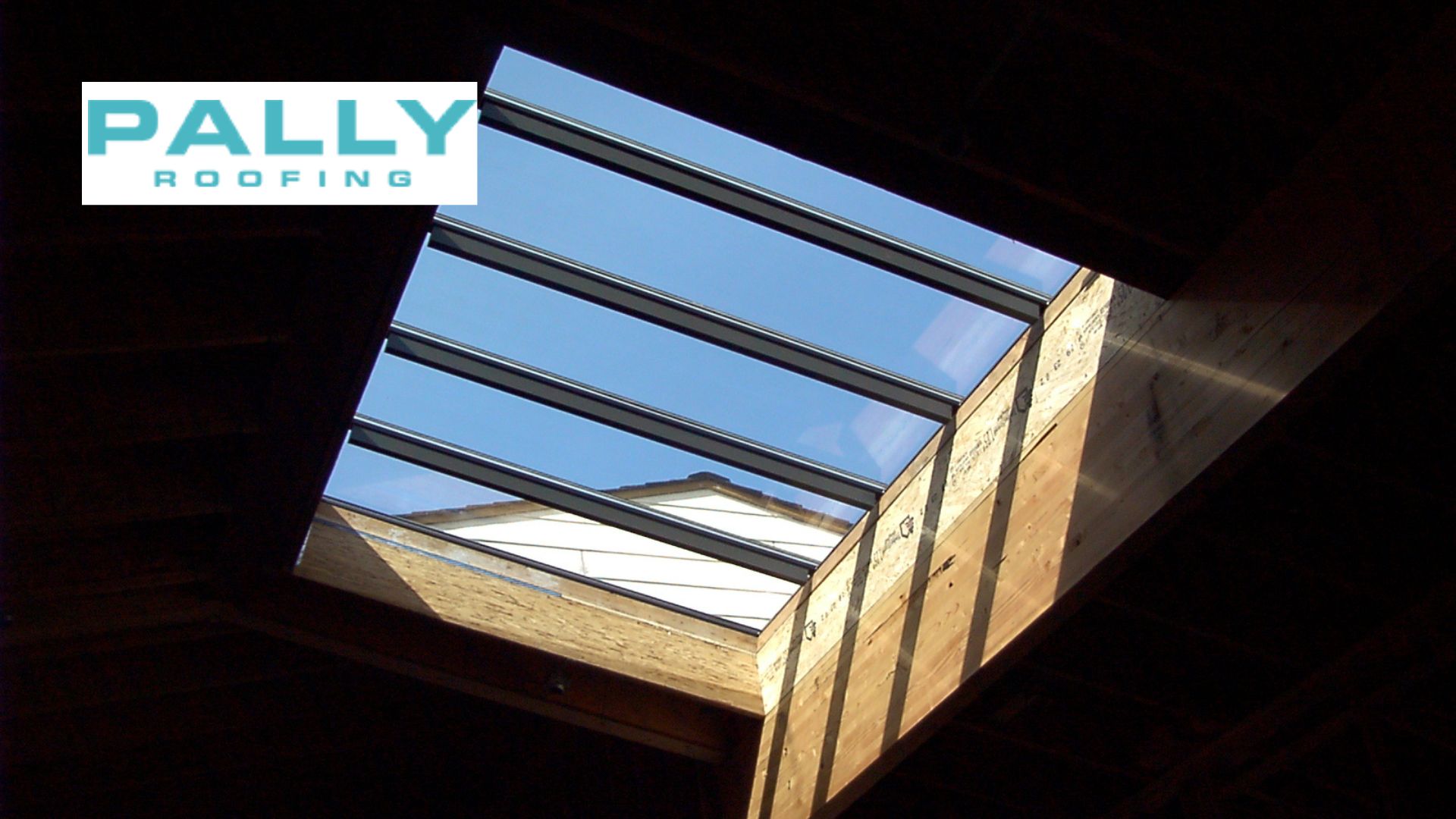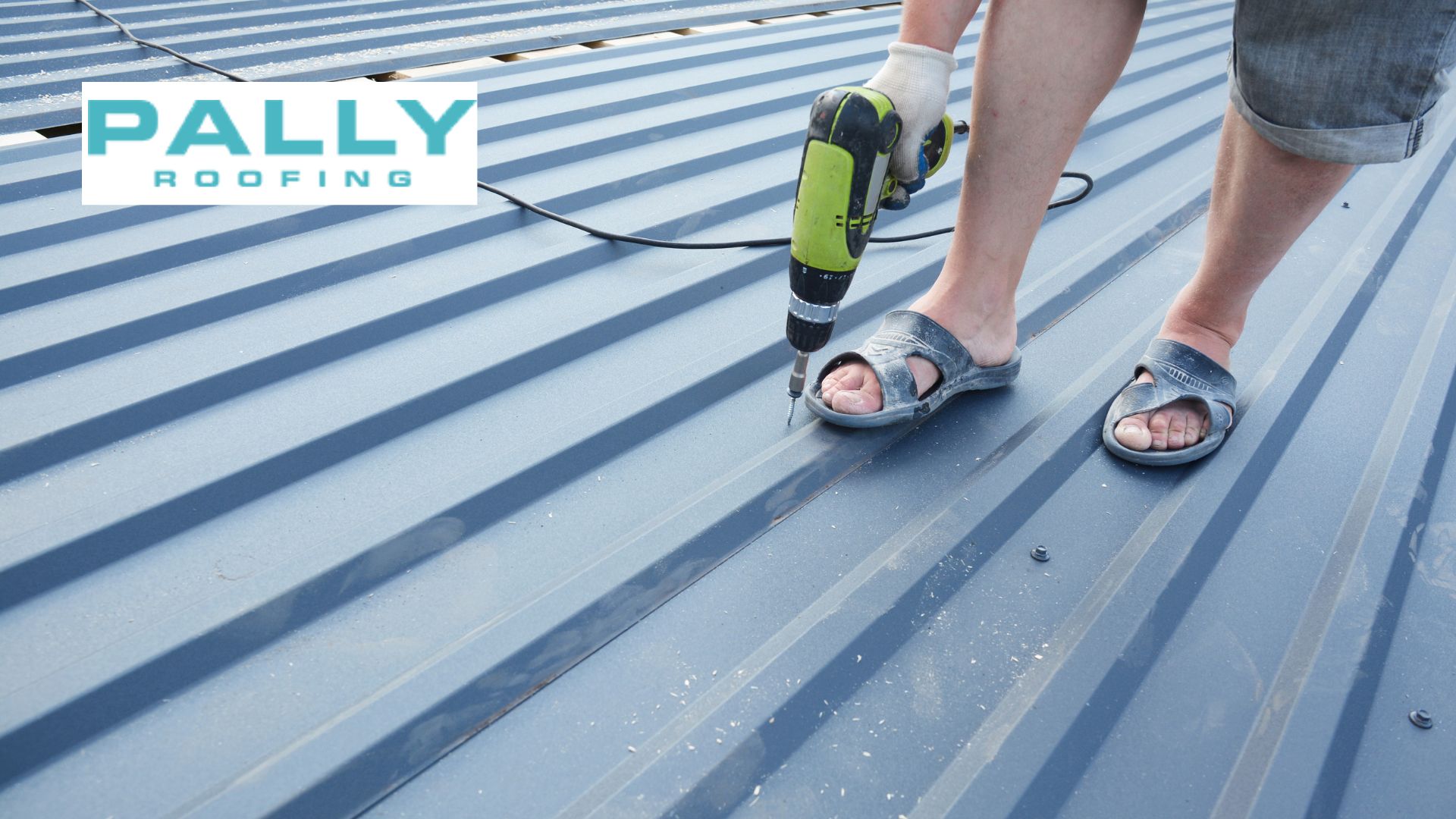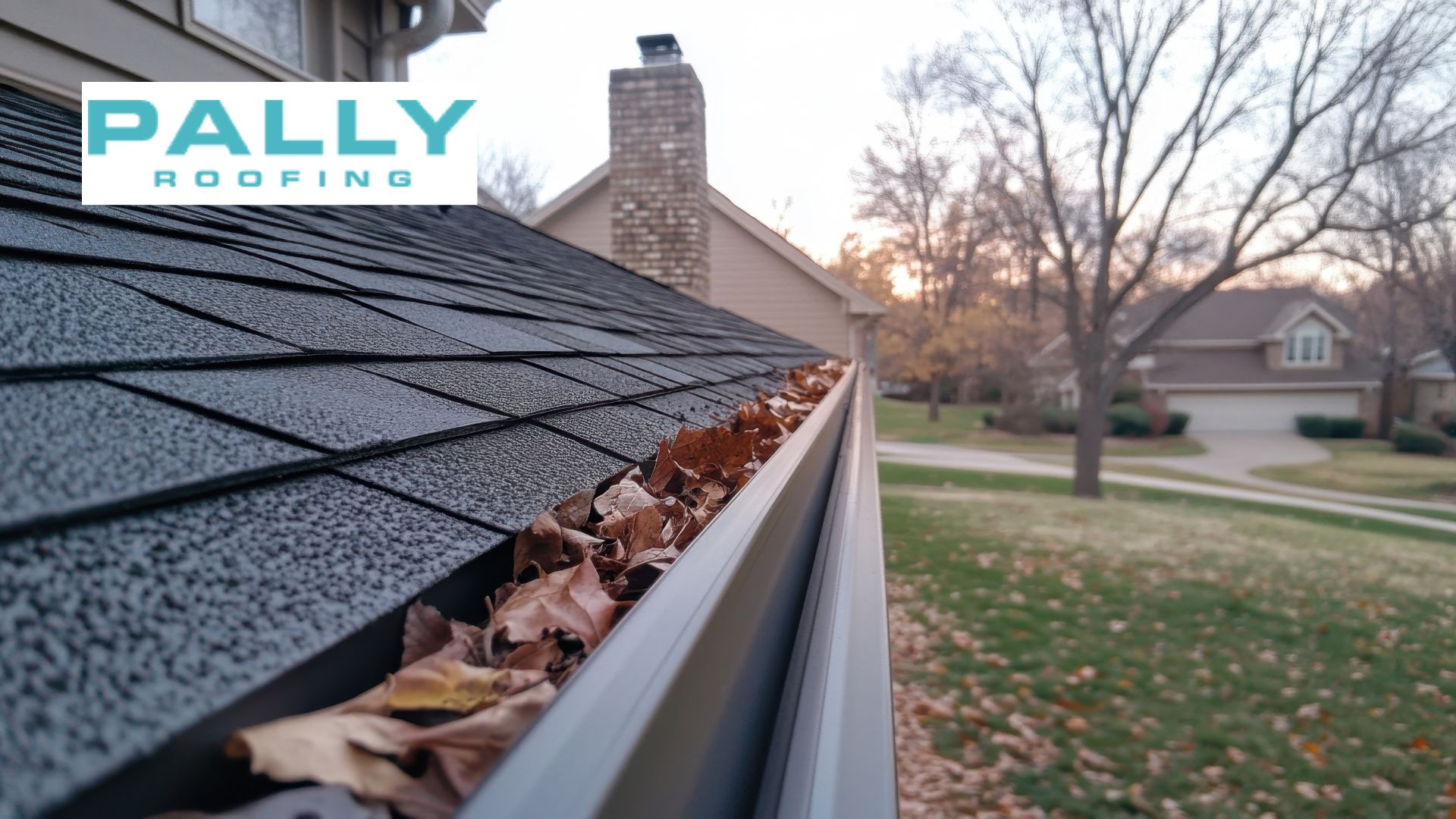Last updated on July 30th, 2024 at 04:03 pm
Maintaining your roof is vital for protecting your home from the elements and ensuring its longevity. Regular roof upkeep not only safeguards your property but also helps you avoid more significant issues down the line.
Table of Contents
Over time, roofs endure wear and tear from weather conditions, which, if left unaddressed, can lead to extensive and costly damage. Recognizing when you need roof repair is crucial in preventing these problems.
Timely repairs are essential for avoiding major issues, ultimately saving you money and preserving the integrity of your home. By addressing problems early, you can prevent the need for more expensive repairs in the future, providing you with financial peace of mind.
At Pally Roofing, we are not just another roofing company. We are a team of experts who understand the importance of a well-maintained roof. Our expert team specializes in a range of top-tier services, including metal roofing installation, asphalt roofing installation, gutter installation, and repair.
When it comes to your roofing needs, we’re your go-to experts, committed to providing prompt and reliable services.
Signs When You Need Roof Repair:
- Missing or Damaged Shingles
- Sagging Roof
- Granules in Gutters
- Water Stains on Ceilings or Walls
- Mold and Mildew
- Damp or Musty Odors
- Roof Age
How to Know When You Need Roof Repair
Missing or Damaged Shingles: Check your roof regularly for missing, cracked, or curling shingles. These signs often indicate that the shingles are past their prime and may no longer provide adequate protection. If not addressed promptly, missing shingles can lead to leaks and further damage.

Sagging Roof: A sagging roof is a serious concern and often signals structural issues. Look for noticeable dips or uneven areas on your roofline. Sagging can result from various problems, including water damage, poor installation, or weakened support structures. It’s essential to address this issue immediately to prevent more extensive damage.
Granules in Gutters: If you notice an excess of granules in your gutters, it’s a sign that your shingles are deteriorating. Granules are essential for protecting shingles from UV rays and other environmental factors. When they start to come off, it indicates that your roof may be nearing the end of its lifespan or experiencing significant wear.
Interior Signs of Roof Problems
Water Stains on Ceilings or Walls: Water stains or discoloration on ceilings or walls often indicate a roof leak. These stains usually appear brown or yellowish patches and can expand over time. They suggest that water is penetrating the roof and causing damage to the interior of your home.

Mold and Mildew: Mold and mildew growth in your home can directly result from roof leaks. Look for dark spots or fuzzy patches on walls, ceilings, or attic surfaces. These are signs of moisture accumulation, leading to serious health issues and structural damage if not addressed promptly.
Damp or Musty Odors: A persistent wet or musty smell inside your home may signal hidden roof leaks. These odors are often caused by mold and mildew growth from trapped moisture. If you detect these smells, it’s vital to investigate and repair any potential leaks to prevent further damage and maintain a healthy living environment.
Age of Your Roof
Roof Lifespan: Your roof’s age plays a crucial role in its condition. Most roofs have a lifespan of 20 to 30 years, depending on the material and installation quality. As your roof approaches or exceeds this age, it becomes more susceptible to issues like leaks and damage.
Regular inspections are essential to assess its condition and address potential problems before they worsen.
Manufacturer’s Warranty: The warranty provides valuable insight into your roof’s expected performance and durability. Check the warranty details for coverage of defects and typical lifespan.
The manufacturer may cover certain repairs or replacements if your roof is still under warranty. Understanding your warranty can help you determine if repairs are needed and whether they might be covered.
Preventive Maintenance
Regular Inspections: Periodic roof inspections are essential for maintaining the health of your roof. Conducting regular checks—at least twice a year and after major storms—helps identify minor issues before they escalate.
Early detection of problems can prevent costly repairs and extend the lifespan of your roof.
Professional Inspections: While DIY inspections are proper, calling in a professional is crucial for a thorough evaluation. Roofing experts have the experience and tools to detect hidden damage and accurately assess your roof’s overall condition.
Schedule a professional inspection if you notice any signs of damage or if your roof is nearing the end of its expected lifespan.
Conclusion
Recognizing the signs of roof damage—such as missing or damaged shingles, sagging, water stains, mold, and granules in gutters—is crucial for maintaining your roof’s integrity.
Additionally, understanding the impact of your roof’s age and the importance of regular and professional inspections can help prevent costly repairs and prolong the life of your roof.
Don’t wait for minor issues to become major problems. Address any signs of damage promptly to avoid further complications and ensure your home remains protected.
Contact Pally Roofing today for expert advice and reliable roof repair services. Our team is ready to help you keep your roof in top condition.
References
- GAF – “Common Roof Problems”
- Website: www.gaf.com
- Provides insights into common roofing issues and how to address them effectively.
- Asphalt Roofing Manufacturers Association (ARMA)
- Website: www.asphaltroofing.org
- Offers guidelines on identifying common asphalt shingle issues and maintenance tips.
FREQUENTLY ASKED QUESTIONS!
What are the most common signs that indicate I need roof repair?
Common signs include missing or damaged shingles, sagging areas, water stains on ceilings or walls, mold or mildew growth, and granules in gutters. These indicators often point to leaks, structural damage, or deterioration.
How can I check for roof damage myself?
You can perform a basic inspection by looking for visible damage, such as missing or cracked shingles, checking for granules in gutters, and examining the roofline for sagging. Also, inspect your attic and interior ceilings for water stains or mold signs.
When should I call a professional for a roof inspection?
Call a professional if you notice significant damage persistent leaks, or if your roof is nearing the end of its expected lifespan. A professional inspection is also advisable after severe weather events to assess potential damage.
How often should I have my roof inspected?
It’s recommended that your roof be inspected at least twice a year, ideally in the spring and fall. Additionally, schedule an inspection after significant storms or severe weather to catch any damage early.
What is the average lifespan of a roof before it needs repair or replacement?
The average lifespan of a roof varies by material. Asphalt shingles typically last 20-25 years, metal roofs 30-40 years, and tile or slate roofs up to 50 years or more. Regular maintenance and inspections can help extend the lifespan of your roof.
Author
-

With more than 16 years of hands-on experience, Phillip Schmucker is the knowledgeable owner of Pally Roofing. His dedication to superior roofing services has earned him a reputable place in the industry. Phillip also shares his extensive expertise through writing, providing readers with practical tips and professional advice on various roofing topics. Follow him on LinkedIn.
View all posts






